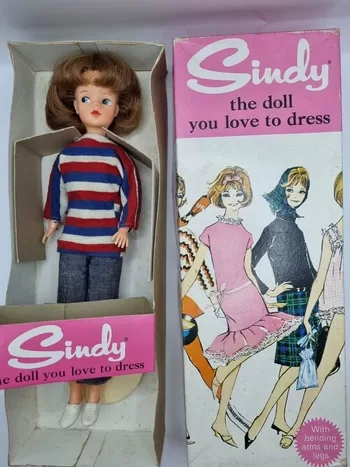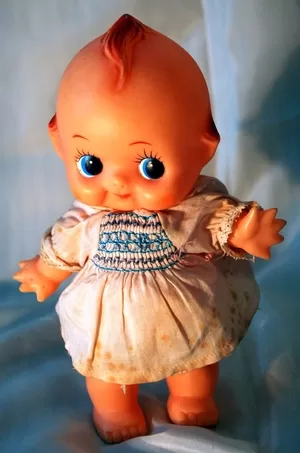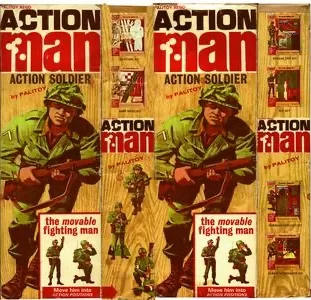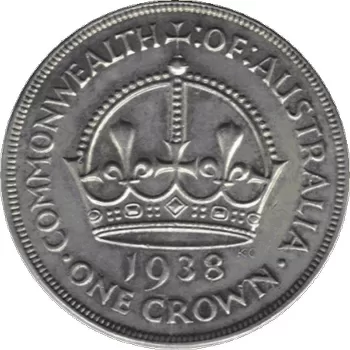Pedigree’s Sindy dolls were the great success story of the 1960s toy industry, cleverly catching the mood of the new teenage culture.
Sindy dolls, first made in 1963 by the Pedigree Company, is the best-selling ‘teenage’ fashion doll ever produced in Great Britain. A 1963 Sindy in good condition, boxed, sells for £250 or more.
She is still on sale today, although Pedigree sold the Sindy licence to toy giant Hasbro in 1987, and her popularity with modern children has now been somewhat eclipsed by her rival ‘Barbie’.
Nowadays, many doll collectors are re-living their not-so-distant youth, and are finding that early Sindy dolls, and their many outfits and accessories, are sought after and highly prized.
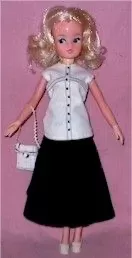

The original Sindy of 1962 was 30cm/12in high. She had movable arms, legs and head, painted features and blue, side-glancing eyes. Her thick, rooted hair was styled with bouncy short curls and was available in blonde, auburn or dark brown.
Originally the arms and legs were straight and non-bending, but bendable limbs were introduced by 1966. Eventually ‘Sindy’s hair switch’ appeared – long, stylable hair on a red hair band, available in the same range of colours.
Sindy dolls are a popular line of fashion dolls that were first introduced in the United Kingdom in 1962. They were created as a British counterpart to the American Barbie doll, which was already well-established in the market. Sindy dolls were initially manufactured by the British company Pedigree Dolls & Toys Ltd.
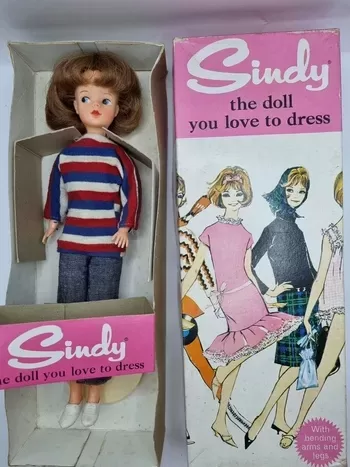

Sindy dolls were designed to represent a teenage girl and reflected the fashion and trends of the time. Over the years, Sindy dolls underwent various changes in their appearance and accessories to keep up with evolving fashion styles. They came with a wide range of outfits, accessories, and playsets, allowing children to engage in imaginative play and create different scenarios for their dolls.
Sindy dolls were quite popular in the UK and other countries during the 1960s and 1970s, and they continued to be produced with updates and modifications throughout the years. However, in the late 1990s, the rights to the Sindy doll brand changed hands several times, and the popularity of the dolls waned.
While Sindy dolls may not be as widely known or available as Barbie dolls, they hold a nostalgic place in the hearts of many who grew up with them and are considered a classic toy from the mid-20th century.
Changing With The Times
There have been several re-stylings of the basic Sindy model and several variations. In 1971, for example, a walking Sindy was introduced (‘hold her waist and make her walk along’).
In 1982 there was a ‘Sunshine Sindy‘ with short blonde hair and, when Hasbro took over the doll in 1987, they gave Sindy’s eyes a more made-up look.
Each doll was sold wearing a basic outfit (by 1971 there was a choice of six) in a box with a stand.
Pedigree’s brilliant idea in the marketing of Sindy was that they made available a wide and ever-changing range of outfits and accessories. Once in possession of the doll, young Sindy fans avidly collected these.
Some items, such as individual skirts, were priced to suit pocket-money spenders, but at the top of the range was a fully-decorated town house complete with lift.
This must have been the stuff of many little girls’ dreams, but only those with rich or very generous relatives were likely to own one.
In the 1960s sales were dominated by the outfits, which kept pace with changing fashions in the real world. There were single garment packs, complete outfit packs (such as ‘Winter Holiday’) and also special items such as a student nurse’s uniform and a bridesmaid’s dress. By the late 1960s fashion conscious Sindy could be dressed in mini, midi and maxi-length skirts!
In the 1970s sales shifted slightly in favour of furniture and accessories. ‘Sindy’s Super Show’ included scenery, catwalk and revolving turntable for fashion shows.
The ‘Carry Case’ was a vinyl briefcase that opened to reveal a fully-equipped hotel room. Sindy was indeed the doll who had everything.
Family of Sindy Dolls
Sindy also had companions, including her own horse ‘Peanuts’, her boyfriend ‘Paul’, introduced in about 1966, and her little sister ‘Patch’.


Sindy doll collector’s notes
Sindy dolls have been sold in their millions from 1963 to the present day. They are not difficult to find, although the earlier dolls are generally the most eagerly collected.
Other characters in the range included ‘Mitzi’, ‘Vicki’ and ‘June’. June was not for sale ; she was given away for a while in the early 1970s in exchange for a number of heart-shaped tokens cut from Sindy doll and outfit boxes. Sindy’s latest friends, ‘Mark’ and ‘Marie’, were introduced in 1986.
The most valuable ones are in mint condition, wearing their original outfits and in their original boxes. Ideally, doll and outfit sets should contain all the accessories as listed on the box, but it is unusual to find this, as the small plastic items such as shoes, sunglasses etc were easily lost once the pack was opened.
Dolls and outfits produced for special occasions or for a limited period are especially valuable. An example is the 1977 ‘Royal Occasion Sindy’ (marking the Queen’s Silver Jubilee in that year); this doll wore a formal cream gown and a matching Ascot picture hat.
Sindy’s doll friends and their outfits were produced in smaller numbers than the central Sindy merchandise and are therefore sought after by collectors.
Similarly, the larger furniture items were produced in smaller quantities, being relatively expensive to buy, and are therefore quite rare today.
The Sindy doll has garnered significant popularity among collectors, with various websites offering guidance on techniques such as re-rooting the doll’s hair and replacing its parts. Collectors primarily covet dolls in mint condition. Interestingly, many enthusiasts steered clear of the “American look” Sindy produced by Hasbro, while the value of Pedigree dolls soared.
Back in 2003, a first-edition Sindy doll, complete with its original Foale and Tuffin “Weekenders” outfit (consisting of jeans and a striped sweatshirt), along with its box and fashion booklet, commanded a price range of approximately £160–200.
Sindy’s less common companions, like Gayle (a doll created for the American market in 1975), could fetch up to £400, and Mitzi (Sindy’s French friend from 1968) could go for as much as £500.
In December 2006, a collectible rendition of the original Sindy, known as “Classic Sindy,” was introduced, crafted from porcelain. This edition, designed by Anne Zielinski-Old, was distributed by the Danbury Mint and maintained the Pedigree Dolls & Toys license. The “Weekender” ensemble marked the first installment in this series.
As Sindy doll’s 50th birthday approached in 2013, Pedigree Toys was in the process of designing a new array of merchandise. This encompassed laptop covers, notepaper, mobile phone cases, gift tags, shoes, and accessories aimed at a teenage audience. Furthermore, there were reports of a new doll in the developmental stage, with an official announcement forthcoming.
In September 2020, the Sindy Collectors Club introduced a collector’s line featuring six Sindy dolls. These dolls drew inspiration from the original Pedigree dolls and each donned a contemporary interpretation of the fashion styles seen in the initial Sindy doll releases from 1963, including looks such as Shopping Look, Weekender, City Chic, Dream Date, Skater Girl, and Sleepy Time. Each of these six versions was produced in a limited quantity of 1,963 dolls and manufactured by Kid Kreations in Staffordshire, England.
The Real Thing
Many other firms produced cheaper imitation Sindy outfits for the standard 30cm/12in teenage dolls, which were not necessarily of the same high quality as the genuine article. Authentic Sindy garments have small, white label sewn in, with the words ‘GENUINE SINDY MADE IN HONG KONG’ embroidered in black.
A variety of other Sindy items are of great interest to the collector, such as the contemporary booklets illustrating the range of outfits that were then available.


A golden chain bracelet with a Sindy logo medallion was given away free with every Sindy doll from 1968. Charms to add to the bracelet were given away with the other dolls in the range.
A handkerchief featuring a picture of Sindy was awarded by Pedigree to competition winners in the 1960s. Sindy paper-doll books and ‘Sindy Keep Busy Books’ with puzzles and games were available.
Owners could enrol in the ‘Sindy Club’, and receive a pendant medallion, membership scroll and ‘Sindy’s newsletter’.
Eventually a brooch replaced the free pendant. Knitting and sewing patterns for Sindy outfits were produced by other manufacturers.
Further Reading:
The History of Sindy: Britian’s Top Teenage Doll 1962-1994 By Colette Mansell
Sindy’s Wardrobe Book Pedigree Books. As an Amazon Associate, I earn from qualifying purchases.
Search eBay’s listings of Sindy Dolls
More articles in our Doll Collecting series:
Barbie® goes plastic-free with MyCelia™ EcoWarrior climate activist edition
Bisque Dolls from childhood playthings to prized collectible
Kestner, Bru Jeune ° Bisque Doll Makers & Doll Maker’s Marks
Sacred Kachina dolls of Hopi & Pueblo Native Americans

